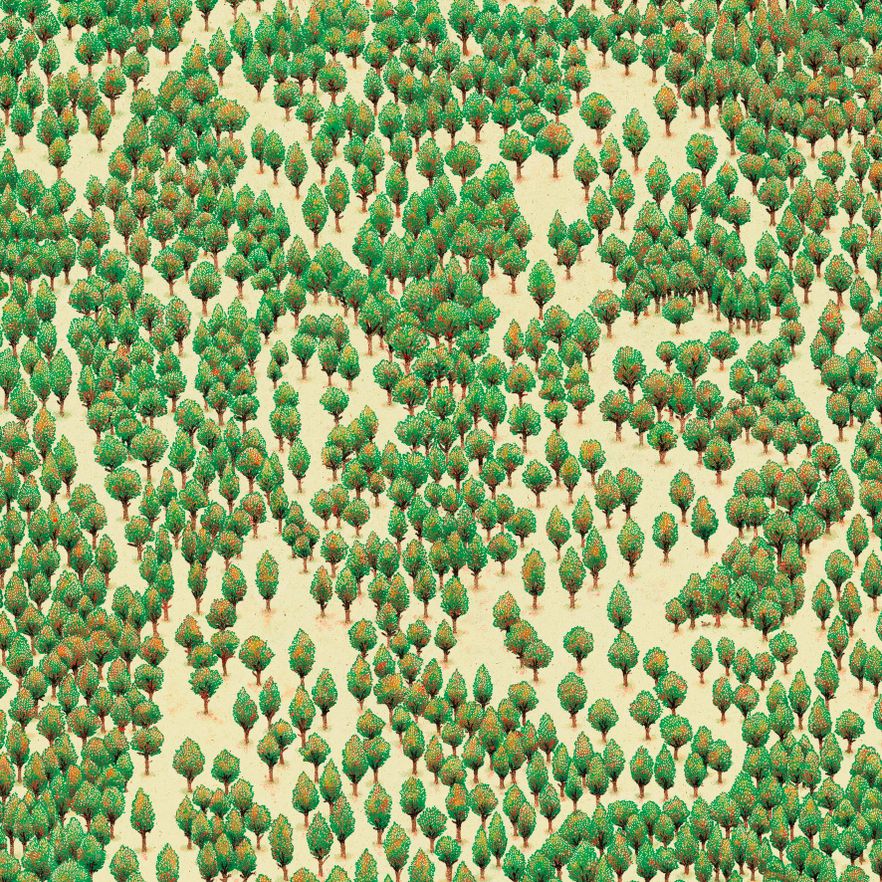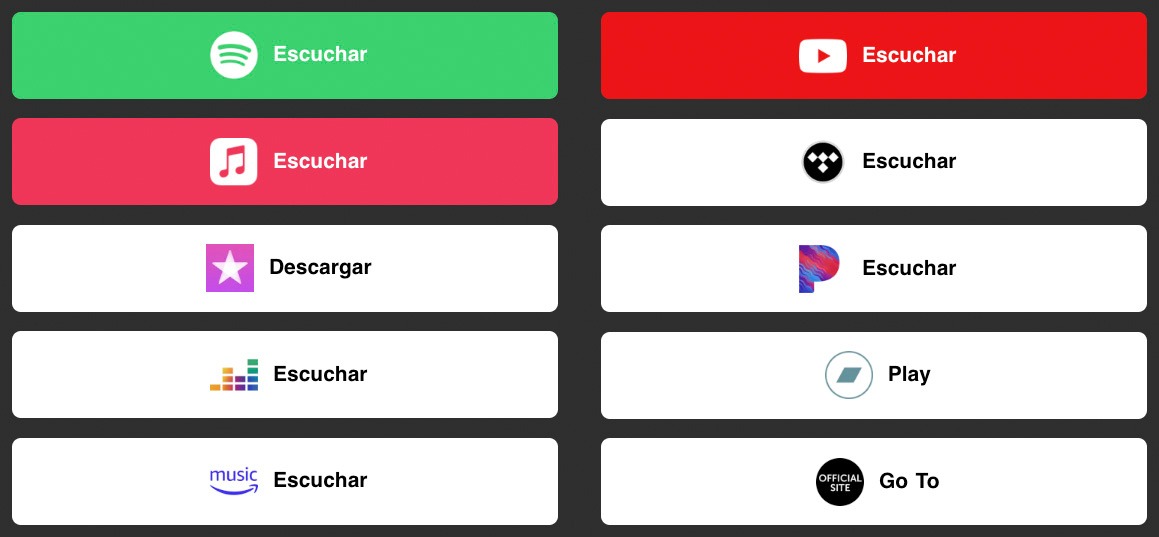IBON ERRAZKIN "Claros Del Bosque" LP

In music, there are composers and there are creators. The difference is that the latter don’t only produce new work but also have the ability to give a special, personal aura to everything they touch. Ibon Errazkin does this on every one of his solo albums. He did it as well with his groups, all of which are a fundamental part of Spanish pop history: AVENTURAS DE KIRLIAN, LE MANS and SINGLE. It doesn’t stop there; he has also done this with his production work, with Carlos Berlanga (“Impermeable”), Ana D (“Satélite 99”) and NOSOTRÄSH (“Popemas”).
He is an inventor without limits, capable of getting the most out of the pitch and frequency of even the most solitary note, and of breaking down barriers with inexplicable cleverness and phrasing. That’s why the publication of his new album is something to be celebrated, the certainty that we are once again going to enjoy something unique, with the personal seal that is simultaneously identifiable and surprising. The album is recorded by Ibon, mixed with the help of Lorenzo Matellán and mastered by Xavier Alarcón.
The music videos that come with the release, directed by Antonio Morales, filmed by Dani Lisón and edited by Dani Aránega, are a delicacy. There is a series of music videos (for all the songs on the album and for the grand finale that will come later) filmed in Tangier and inspired by the work of the Malaysian director Tsai Ming-Liang. It is a walking meditation in which we can see Ibon in different places in Tangier, showing us that silence can say so much, and that, from an expressionistic perspective, less is more.
This is how Errazkin explains “Claros Del Bosque”, as if it were a personal letter:
“The forest clearing is a center that it is not always possible to enter; from the edge, you can see inside it and the appearance of some animal tracks does not help us take that first step. It is a separate kingdom guarded and inhabited by a spirit. A bird warns and calls to follow his voice. And you obey; then you find nothing; nothing other than an intact space that seems to be open in that single moment and that will never be like this again”.
María Zambrano (excerpt from “Claros Del Bosque”,1977)
Two years ago, when I started to think about recording a new album, the idea that motivated me the most was to write a longer piece, a format that would allow me to distribute sounds almost like elements in space; something more like walking through a garden – or letting your eyes move around a vertical garden – than listening to a straightforward piece of music from beginning to end.
I was also interested in writing something that felt like a digression, a bit rambling. I didn’t want to write something with a structure that led to a specific place; I wanted to write a simple succession of musical moments, vaguely interconnected and without a greater purpose. I felt pulled by the idea of doing something more extensive, just because, using the length as an essential quality of the piece. Maybe it was inspired by the hypnotic effect that comes with certain experiences – a La Monte Young composition, a Jacques Rivettefilm – just because they are long. I decided on approximately an hour and, with that, I started working.
When the project was already pretty far along, I got an idea: why not take some moments from this piece and turn them into songs? That way, the project could have two parts – one would be an extended, uninterrupted piece, and the other would be a 10-song album.
The 10-song album is what you have now, and it’s called “Claros Del Bosque”.
The uninterrupted piece will be released a few months later, and it will be called “Nubes Y Claros”.
CLAROS DEL BOSQUE
The title of this 10-song album comes from a book by the same name by María Zambrano. It’s a small book that’s somewhere between mystical and philosophical, that I read while I was making the album and that somehow seemed to be related to what I was doing. I recommend anyone who listens to the album to check it out.
The album’s instrumentation is simple: guitars, piano, bass, melodica, banjo and some synthesizers. There is no percussion at all, like on “Hola” (2020), SINGLE’s last album (my project with Teresa Iturrioz), and there had barely been any on my last solo album, “Foto Aérea”. On that last album the sounds were acoustic, but in a lot of cases I sampled what I had played and manipulated it in on the keyboard. On “Claros Del Bosque” I didn’t use this technique, and the recording process was more traditional or “natural”.
As they are fragments pulled out of a larger block, the songs don’t have a normal verse-chorus-etc structure. The melodies appear and disappear without the whole “coming together”. For me, this is the most defining element of the album. Music without a definitive meaning, that doesn’t lead anywhere, that simply just is there.
There are two exceptions to this: “El Río” and “La Vía Láctea”, songs that didn’t come from that uninterrupted block and that I wrote specifically for the album. They are also the only two songs I recorded with a clapperboard (steady rhythmic accompaniment) and, because of that, are the most pop moments on the album. I like to think the first song would fit in well on a western, and the second is inspired by the starry skies of the Balearic islands.
The cover art was made, as usual, by Javier Aramburu. For “Foto Aérea” he put a mountain range in my head, and this time he has turned me into a grove of trees. With the artistry he brings to everything he does.
I hope you like the album.
Ibon Errazkin, September 2024
TRACKLIST: 01 Nubes 02 Arco 03 El Río 04 Lamento 05 Détour 06 Telón 07 La Vía Láctea 08 Ecuador 09 Olas 10 Claros Del Bosque
Future concerts
Latest activity














